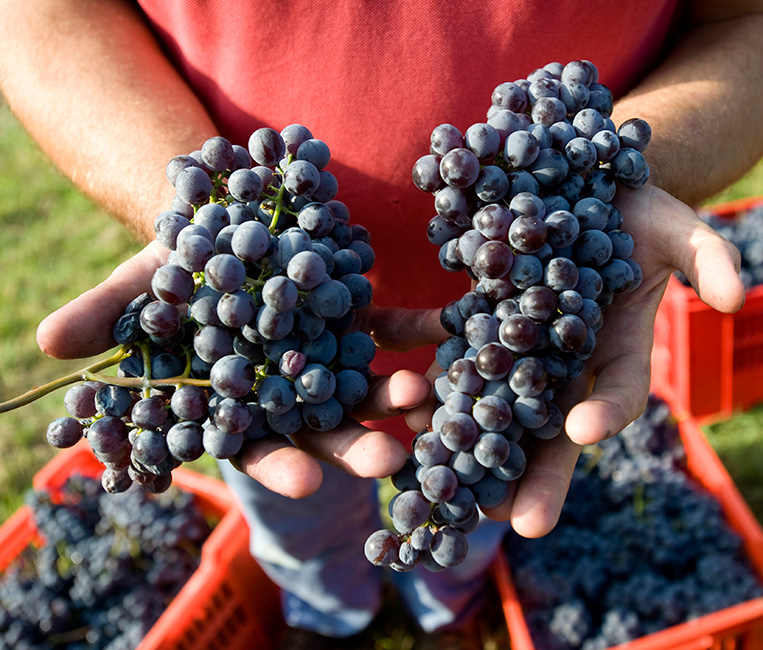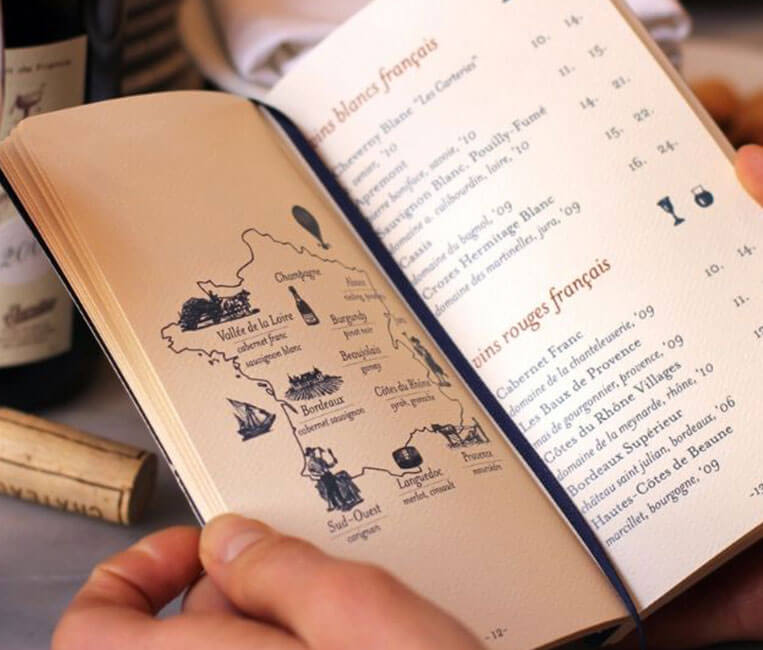Barolo vs Barbaresco: & The Winner Is…

Italy’s Piedmont region prides itself on containing two of the world’s most coveted appellation though it still can’t quite get to grips with the debate of which is better. Let’s try and settle that over a good bottle of each.
Is Barolo better than Barbaresco
A provocative if not complicated question, it’s the perfect grenade to lob into a huddle of wine enthusiasts and snobs – jackpot if they’re Italian. Barolo and Barbaresco are two of Italy’s most prestigious DOCG wines, produced in the Italian region of Piedmont. While Barolo has historically enjoyed a reputation for bolder and more tannic wines than Barbaresco that drinks relatively softer to Barolo, a gradual change in preferences, a new generation of drinkers and palate preferences for approachable and mellower wines has given Barbaresco the leg up in recent times. Yet the debate about which is the better wine rages on. So let’s first list the similarities — Barolo and Barbaresco are Piedmont’s top DOCG appellations where high quality wines are produced from the region’s foremost grape, Nebbiolo on soils rich in clay and limestone. Both appellations produce wines of great intensity, tannins and acidity and by law require long ageing in both barrel and bottle before release. That said, Barolo has a leg up on Barbaresco on a few counts. Barolo’s history stretches back to 1850 while Barbaresco only came into vogue almost 50 years later, at the very end of the 19th century. Barolo’s vineyards sit 50 metres higher than Barbaresco on the Langhe hills, allowing Barolo’s fruit long hang time while Barbaresco’s grapes ripen quicker. Barbaresco’s more fertile soils translates into softer tannins and elegant texture on the palate compared to Barolo, the big tannins of which receive annual poetic tributes from critics.
Further, the respective appellations rules require Barbaresco be aged for 24 months while Barolo must be aged for 38 months. So any given Barolo vintage has been aged much longer than its Barbaresco counterpart. Recent vintages, changing palates and a preference for softer tannins has seen Barbaresco’s star rise sharply in comparison to its more illustrious neighbour. Some Barbaresco expressions have been rated nearly as intense as Barolo while retaining hallmark elegance which explains why some Barbaresco vintages can be priced on par if not more than Barolo. Which in a way makes the whole question of Barolo’s notional superiority moot. While Barolo is still locally referred to as the king and Barbaresco, the queen, both appellations have their claim to glory in the modern wine world and legions of aficionados and collectors who patiently age their vintages for decades. So as Barolo enjoys a higher perch than Barbaresco on Piedmont’s Langhe hills, the two DOCGS are today seen as equally worthy peers rather than set in a hierarchy where the former sat higher by simple default.



